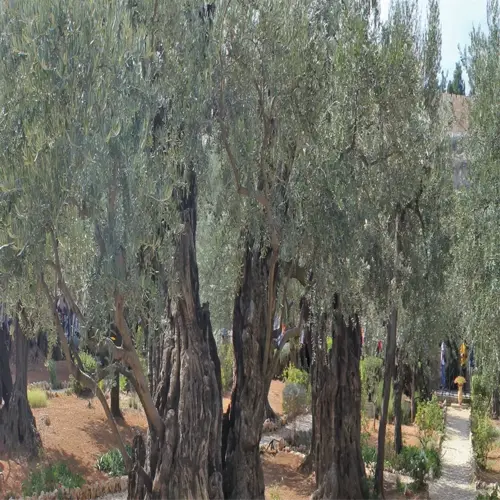What makes peppers grow better?

Written by
Julia Anderson
Reviewed by
Prof. Samuel Fitzgerald, Ph.D.The successful production of peppers begins with warm weather and balanced nutrition. I began preheating my garden beds with black plastic mulch about two weeks before planting; this method raised the soil temperatures by 15°F (8°C) and provided my habaneros with a vigorous start. While my peppers like consistent moisture, overwatering contributes to root rot.
Soil Preparation
- Mix compost for organic matter and drainage
- Test pH, ideal range is 6.2-6.8
- Solarize soil to kill pathogens pre-planting
Watering Techniques
- Water deeply 1-2 times weekly
- Use drip irrigation to avoid wetting leaves
- Mulch to retain moisture and suppress weeds
Pruning Practices
- Remove lower leaves to improve airflow
- Pinch early flowers on slow-growing plants
- Sterilize shears to prevent disease spread
Overcrowding is a concern; my very first vegetable garden had peppers at 12 inches apart, causing mildew. Today, I use row covers in the early season as insect protection. After I removed the covers, I stake the plants to support the heavy fruit load, which doubled my jalapeño crop.
Overwatering
- Yellow leaves signal excess moisture
- Let soil dry 1 inch deep between watering
- Switch to clay pots for better drainage
Poor Spacing
- Stunted plants compete for light
- Prune overlapping foliage weekly
- Follow seed packet guidelines strictly
Pruning changes energy allocation by the plant. I snipped non-productive branches to allow my ghost peppers to redirect their resources to fruit. Use sharp snips to cut above leaf nodes. I discovered this season that pruned ghost peppers produced 40% more pods per plant than unpruned ones.
Read the full article: How to Grow Peppers: Expert Harvest Tips

